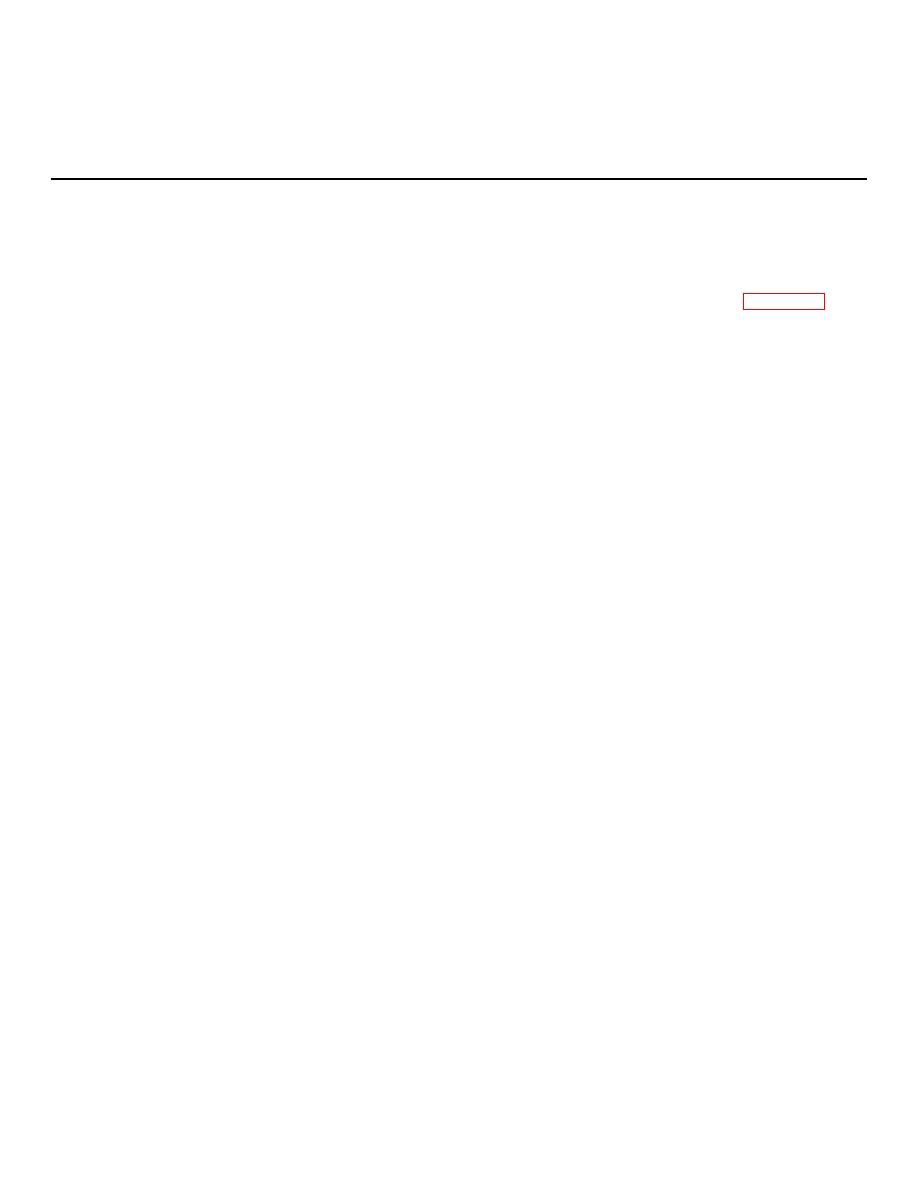 |
|||
|
|
|||
|
|
|||
| ||||||||||
|
|
 TM 750-245-4
CHAPTER 10
LUBRICATION
Section I. INTRODUCTION
10-1. General
a. Refer to applicable system technical manuals
This chapter establishes the inspection criteria for items
(TM), technical bulletins (TB), and lubrication orders
requiring lubrication after repair. These inspections
(LO) for applicable coverage of lubrication.
require that the inspector have knowledge and special
training in the lubrication of all types of equipment.
definitions, abbreviations, and terms applicable to
lubrication.
10-2. Reference
Section II. APPLICATION
10-3. General
c. Damage electronic components.
a. The best lubricant will fail to accomplish its
d. Short electric or electronic components.
purpose if not applied to the moving surfaces and in the
e. Drip onto hot surfaces and cause fires, smoke,
proper amounts.
or vapor.
b. There are many methods of applying lubricants
and new methods are being developed as new
lubricants and new equipment are developed. The
h. Contaminate air or gas in piping.
inspector should consult the applicable system LO's for
i. Interfere with dial or other instrument operation.
proper lubrication interval, amount, and application.
j. Discolor dials. stickers, or instruction panels.
guns, pressure grease guns, oil cans, special package
10-5. Under-Lubrication
applicators, brush or cloth-smearing.
a. Under-lubrication can be caused by several
factors, some of which are insufficient lubricant,
10-4. Over-Lubrication
inadequate seals, wrong lubricant, high temperatures,
Over-lubrication can be as detrimental as under
high pressures, and lubricant contamination.
lubrication in the following ways:
b. Insufficient lubrication can cause noise, wearing,
a. Cause seal leakage.
heat, fire, breakage, and many other types of failures
and hazards.
b. Drip on valuable materials.
Section III. INSPECTION PROCEDURES
10-6. General
10-8. Bearings
The inspection procedures are general and should be
supplemented with reference to system documentation.
cases will have to be accomplished during an in-process
inspection. Inspection should cover seals, bearing
10-7. Engines
conditions, and alinement, lubricant contamination, and
Inspect for correct engine oil and oil filters. Check oil
under or over-lubrication.
seals to insure there is no leakage. Check against
b. Final.
During final inspection, the bearing
lubrication order to insure that all prescribed points are
should be operated to insure proper alinement and
adequately lubricated.
lubrication. In most cases, this will require an
10-1
|
|
Privacy Statement - Press Release - Copyright Information. - Contact Us |